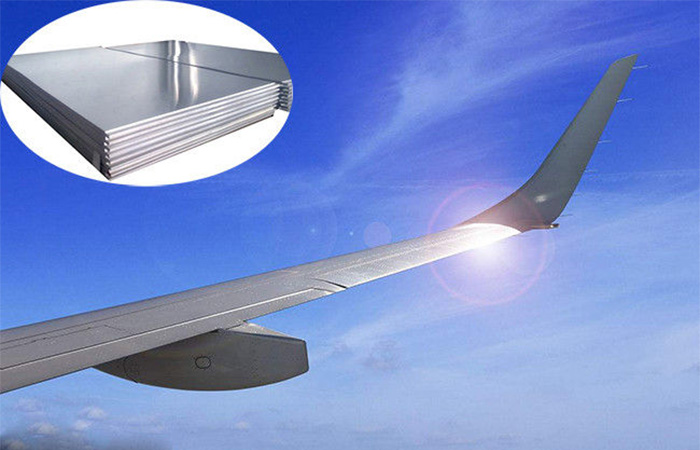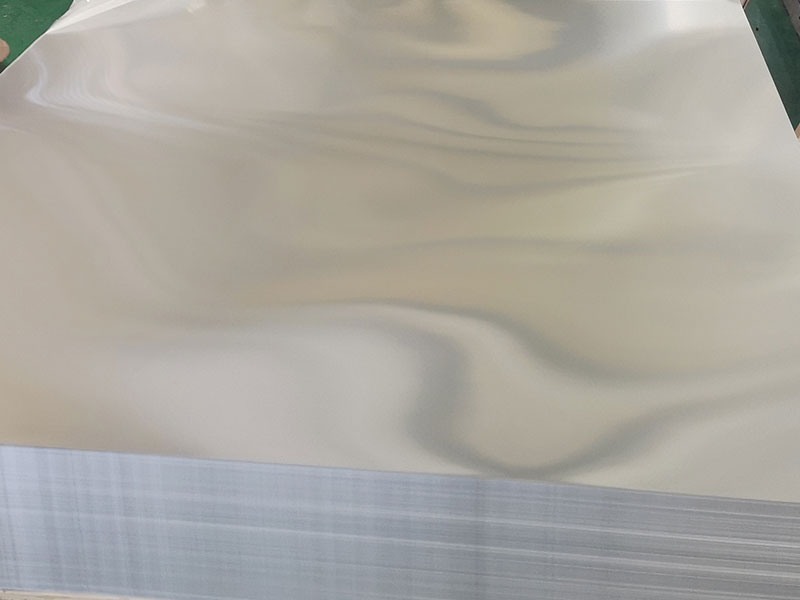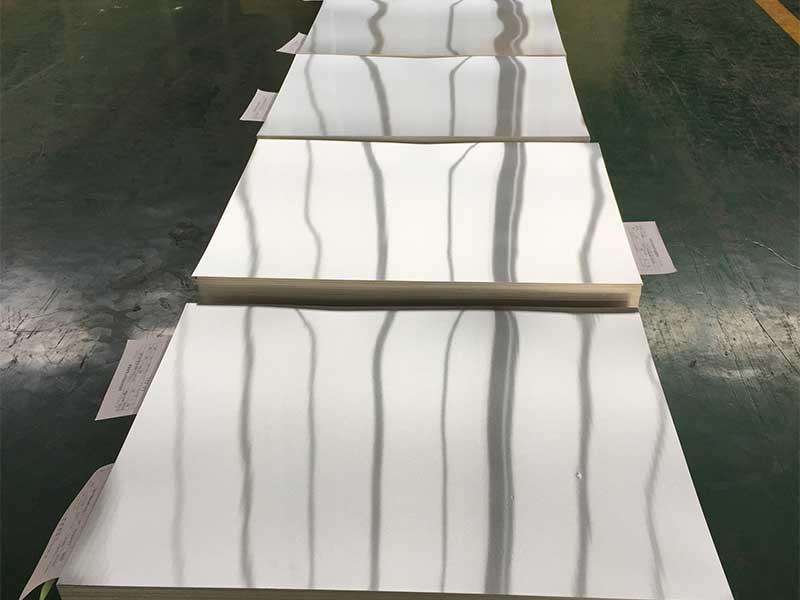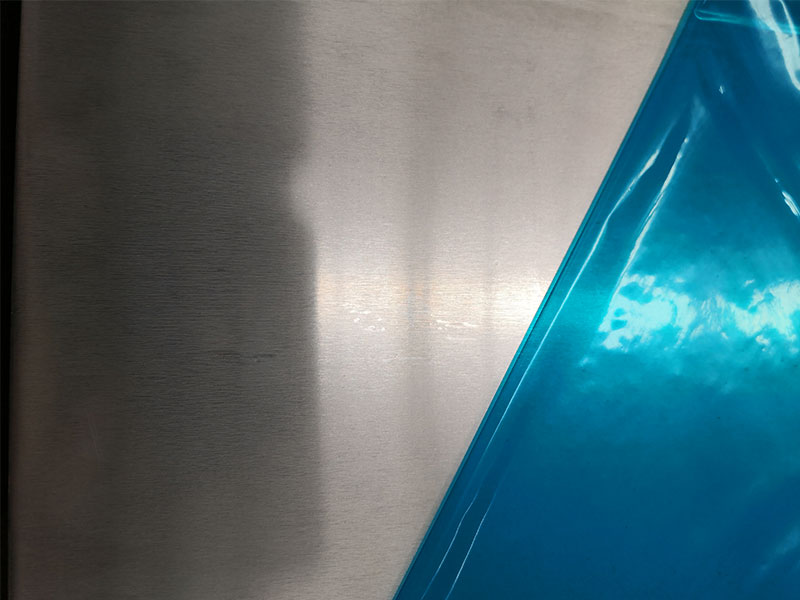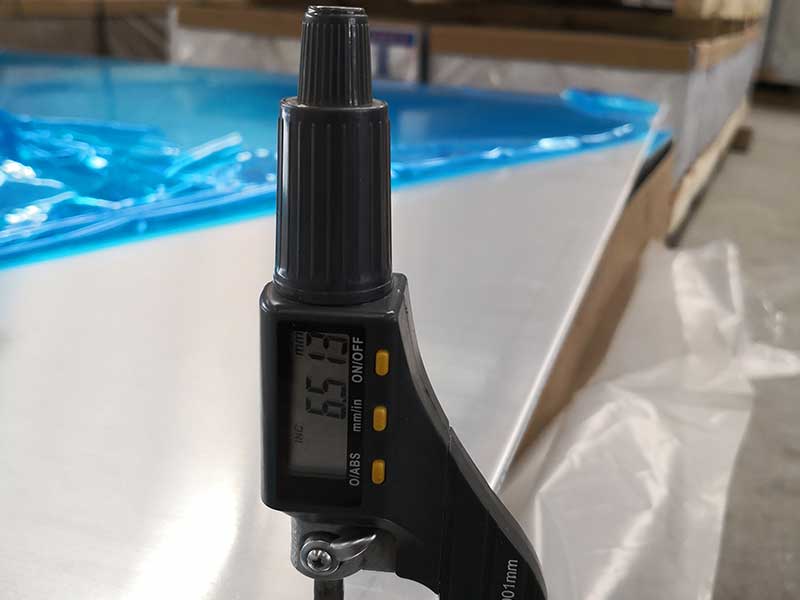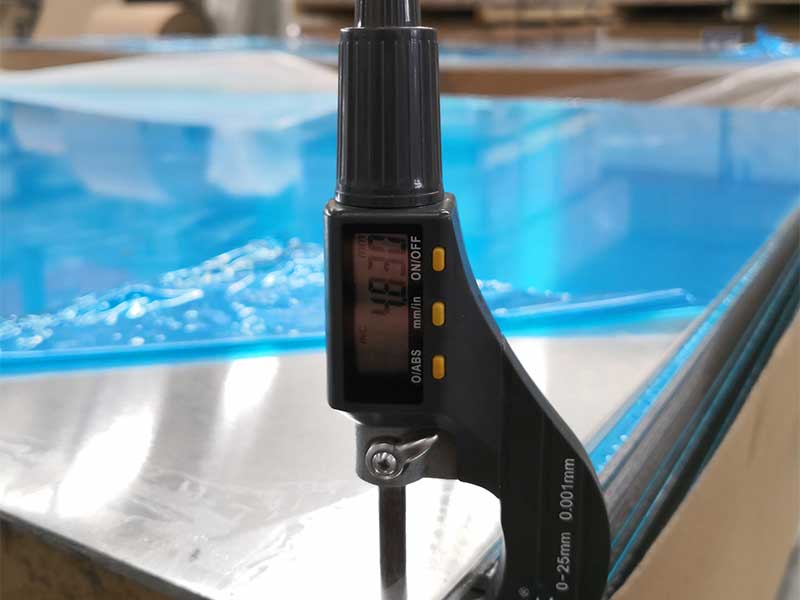Composition and classification of aluminum plastic plate
Aluminum plastic plates, also known as aluminum composite panels (ACP), are versatile building and decorative materials. They consist of sandwich-structured panels made by bonding two aluminum sheets to a non-aluminum core. This unique construction combines lightweight with enhanced mechanical properties, making the product suitable in many industrial and architectural applications.
An aluminum plastic plate usually comprises:
- Aluminum Sheets: Outer layers on the front and back. These are typically aluminum alloy sheets of a specific thickness.
- Core Layer: The middle layer, made from plastic materials such as polyethylene (PE), fire-retardant modified polyethylene (FR), or mineral-filled core.
- Adhesive Layers: These polymer-based layers bond the aluminum sheets and the core to ensure system integrity.
Table 1. Typical Composition of Aluminum Plastic Plate
| Layer | Material Type | Thickness Range (mm) | Description |
|---|---|---|---|
| Outer Aluminum Sheet | Aluminum Alloy (e.g., 3003, 5005) | 0.3 – 0.6 | Provides structural strength, emissivity, and surface finish |
| Core Layer | Polyethylene (PE), FR Core, Mineral Core | 2 – 6 | Offers lightweight properties and protection characteristics |
| Inner Aluminum Sheet | Aluminum Alloy (similar to outer) | 0.3 – 0.6 | Mirrors outer for structural stability |
| Adhesive Layer | Polymer - Thermosetting resin | N/A | Ensures bonding between aluminum and core components |
2. Classification of Aluminum Plastic Plates
Aluminum plastic plates are primarily classified based on the core material and intended fire-resistance levels:
| Classification | Core Type | Features | Typical Applications |
|---|---|---|---|
| Standard ACP | Polyethylene (PE) | Economical, lightweight | Indoor wall linings, signage |
| Fire Rated ACP | Fire-Retardant (FR) Polyethylene | Enhanced fire resistance | Facades requiring fire-retardancy |
| Mineral Core ACP | Mineral-filled core | High fire resistance & environmental safety | High-rise building claddings, strict fire code architecture |
| Specialty ACP | Customized cores (e.g., high-impact or anti-static) | Added functionality (durability, ESD protection) | Industrial applications, specialized environments |
3. Performance Characteristics
3.1 Mechanical Properties
Aluminum plastic plates exhibit excellent mechanical stability combining the toughness of aluminum and flexibility from the plastic core. Below is an example of typical mechanical property data:
| Property | Value | Testing Standard |
|---|---|---|
| Tensile Strength | 35 - 55 MPa | ASTM D638 / GB/T 8808 |
| Flexural Strength | 90 - 120 MPa | GB/T 8813 |
| Coefficient of Thermal Expansion | ~23 x 10^-6 /°C | ASTM E831 |
| Impact Resistance | >5 J | GB/T 6604 |
| Weight Density | 2.5 - 3.5 g/cm³ | Calculated based on core type |
3.2 Fire Performance
| Test | Standard | Result for PE Core | Result for FR Core | Result for Mineral Core |
|---|---|---|---|---|
| Flammability (Rate) | ASTM E84 | Class C | Class B | Class A |
| Smoke Density | ASTM E662 | Moderate | Low | Minimal |
| Heat Release Rate | ISO 5660 | High | Low | Very Low |
3.3 Surface Finish & Durability
- Coating options include PVDF (polyvinylidene fluoride), PE paint coatings, and Nano-ceramic coatings for outdoor durability.
- Resistance to UV degradation, weather, corrosion, and chemical attack ensures long service life in demanding environments.
4. Chemical Composition of Aluminum Sheet Layers
Typical alloys and their elemental composition are detailed below. Aluminum alloys 3003 and 5005 are frequently used aluminum skins optimized for smooth surface and anti-corrosion properties.
| Element | 3003 Alloy (%) | 5005 Alloy (%) |
|---|---|---|
| Aluminum (Al) | 96.0 – 99.0 | ≥ 97.8 |
| Manganese (Mn) | 1.0 – 1.5 | ≤ 0.2 |
| Magnesium (Mg) | ≤ 0.10 | 0.5 – 1.1 |
| Silicon (Si) | ≤ 0.6 | ≤ 0.4 |
| Iron (Fe) | ≤ 0.7 | ≤ 0.7 |
| Others | ≤ 0.15 | ≤ 0.15 |
| Parameter | Typical Value | Notes |
|---|---|---|
| Sheet Thickness | 3 - 6 mm | Includes aluminum + core |
| Sheet Width | Max 1500 mm | Standard sizes vary |
| Sheet Length | Up to 6000 mm | Length customized per order |
| Aluminum Skin Thickness | 0.3 mm, 0.4 mm, 0.5 mm common | Depends on strength specs |
| Core Density | 0.9 to 1.0 g/cm³ (PE core) | Varies for mineral core |
| Surface Coating | PVDF / FEVE coating ≥ 25 μm | For weather/UV resistance |
| Fire Certificate | Class B or Class A | Dependent on core selection |
6. Applications of Aluminum Plastic Plates
| Application Area | Description and Benefits |
|---|---|
| Architectural Cladding | Lightweight facade panels offering modern aesthetics, weatherproofing, and fire resistance. Ideal for commercial and residential buildings. |
| Interior Decoration | Wall linings, partition boards, ceiling materials for superior surface finish with ease of maintenance. |
| Advertising & Signage | Popular for billboards, 3D signs, and shopfront advertising due to smooth surface and printability. |
| Transportation | Interior panels and decorative finishes in subways, buses, and aircraft to reduce weight and add structural reinforcement. |
| Industrial Equipment | Panels with specialty cores for resistance to impact, chemical exposure, or static dissipation in factories and electric facilities. |
7. Benefits of Aluminum Plastic Plate
- Lightweight with excellent rigidity: Reduced construction load without sacrificing strength
- Durable and weather resistant: Coatings and aluminum protect from corrosion and UV damage
- Fire Safety: Selection of core materials allow classifications suitable for high standard fire regulations
- Easy Workability: Mechanical cutting, drilling, folding, and painting possible
- Cost Effective: Compared to solid aluminum panels, offer economic advantages including energy efficiency and longevity
- Aesthetic Options: Available in a vast color palette, metallic finishes, and textures supporting creative designs
https://www.aluminumplate.net/a/composition-and-classification-of-aluminum-plastic-plate.html


